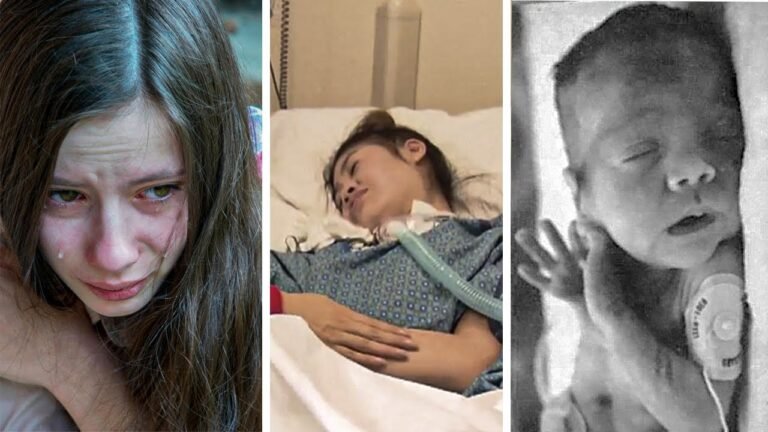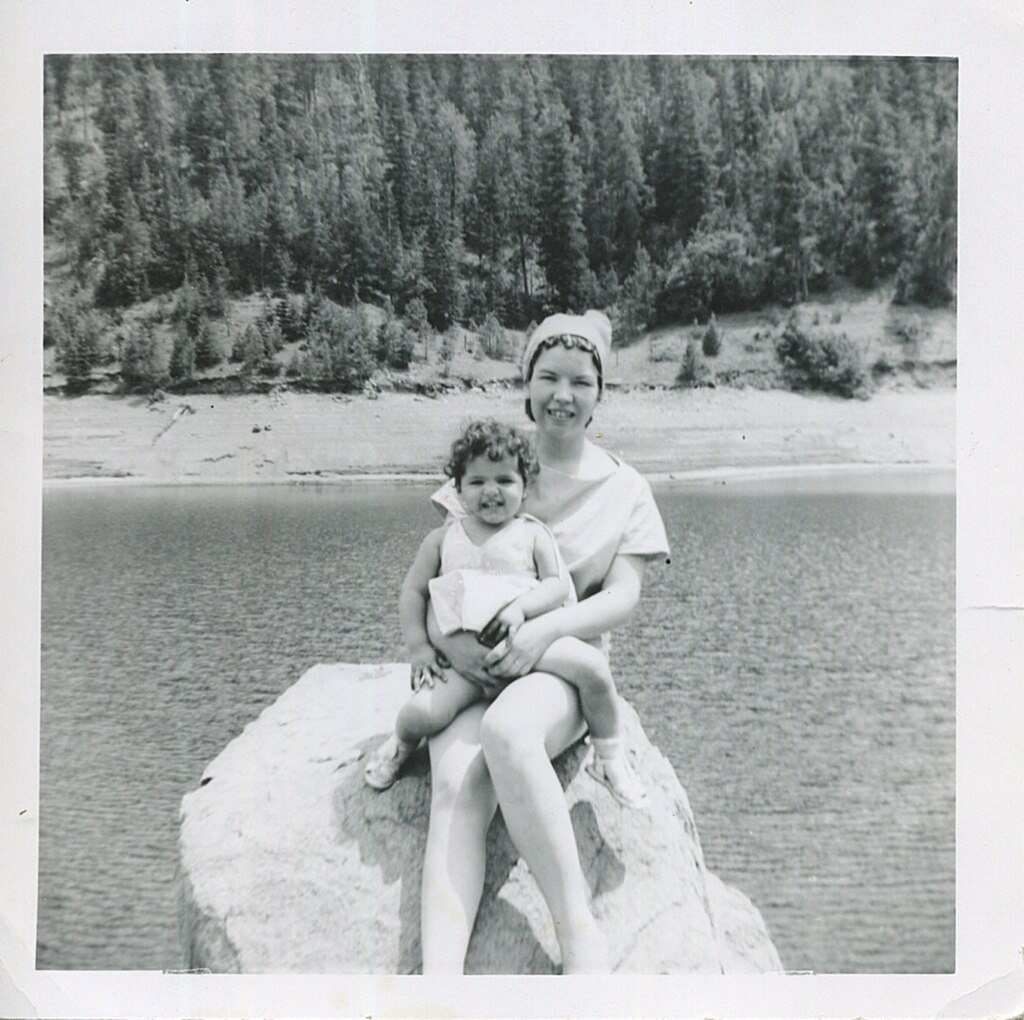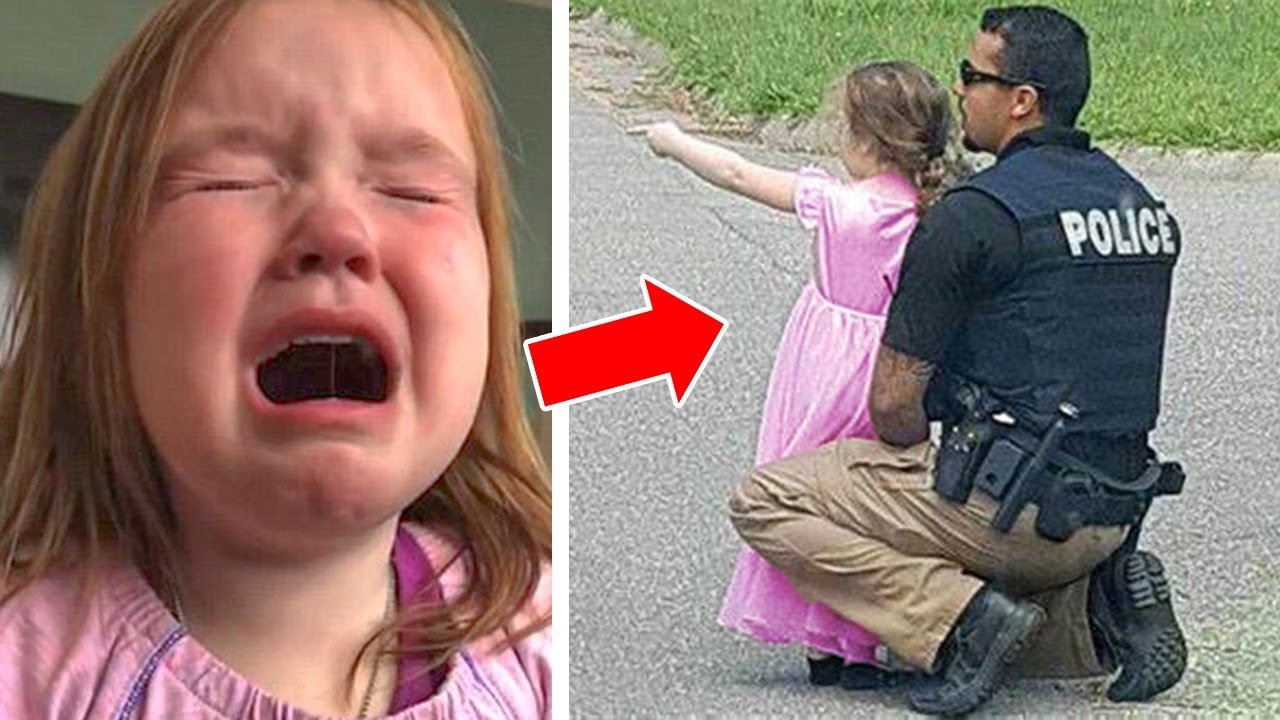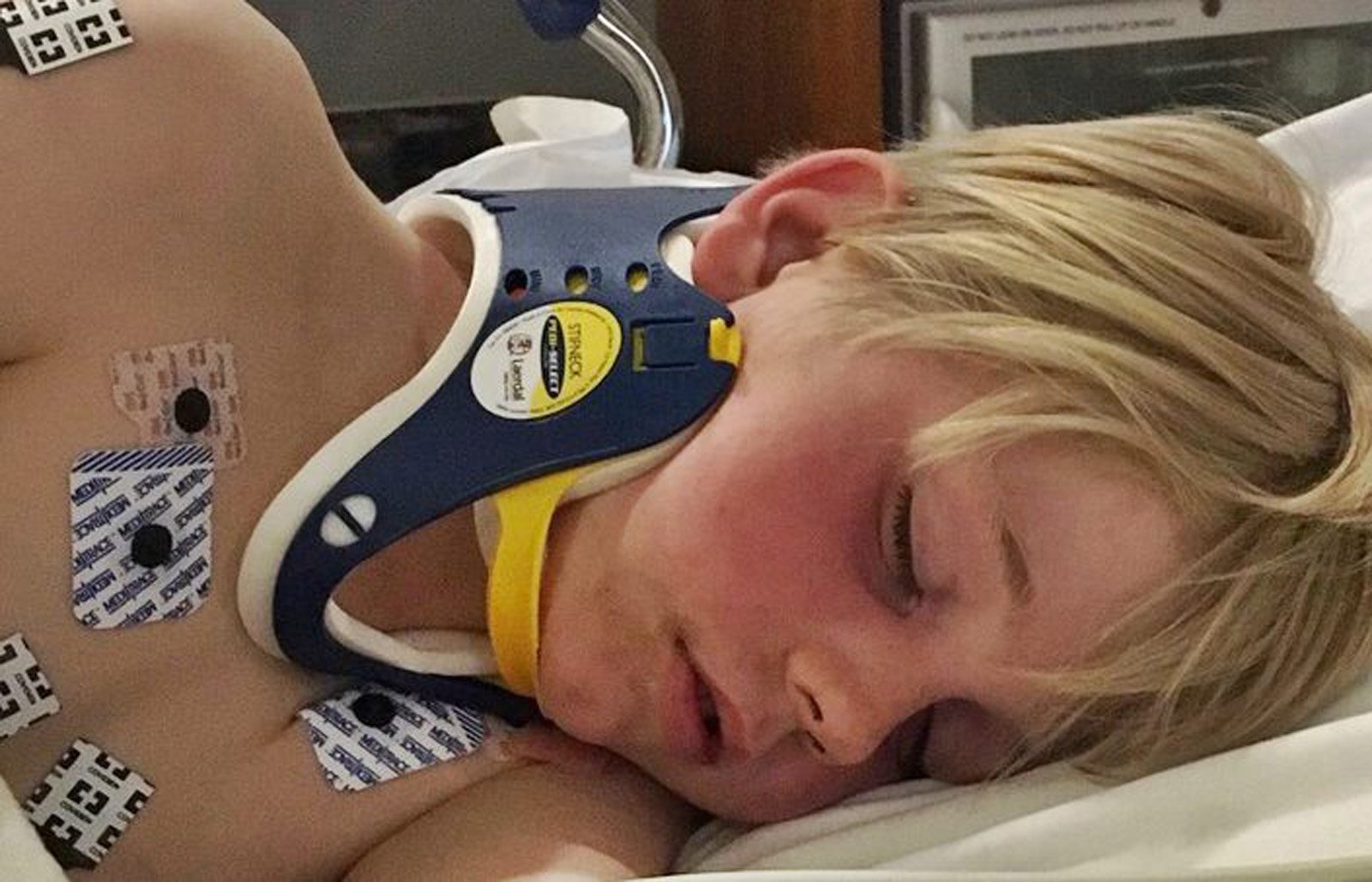A teenage girl walked into a hospital scared, confused and unsure if she had made the right choice. Her mother, a nurse, had pushed her to abort rather than give birth to the baby growing inside her. Doctors performed an initial procedure, then waited five days for the teenager to deliver her stillborn baby.
His mother, the nurse, supervised the delivery and demanded that the baby’s body be disposed of properly. The other nurses then followed her instructions, but suddenly everything changed in the procedure. As the medical team finished cleaning the delivery room and the body left behind by the procedure, two nurses heard a faint, unmistakable sound: crying. And the source of the sound was a shock to everyone. It was August 1977 when a nineteen-year-old college student visited a hospital in Sioux City, Iowa.
The single teenager sought to terminate an unwanted pregnancy, despite being almost eight months old. Her mother, a nurse, forced her to make this decision. In today’s United States, however, this type of procedure would be extremely difficult to implement. Susan Wasik, nurse practitioner and board member of the American Sexual Health Association, explained why to Women’s Health in August 2017. “In most cases, a woman can only have a late-term abortion if her health is in danger or if she notices a late abortion. “There is a serious abnormality in the fetus,” Misaki said.
But there is no evidence that the teenager who sought to terminate her pregnancy in 1977 was anything but healthy. Doctors nevertheless injected saline, a toxic salt solution, into the fluid surrounding her baby in order to end her life. They then left the unborn baby soaked in the toxic liquid for five days. At that point, the girl returned to the hospital, where doctors brought the baby. Unlike the scenes of unbridled joy they usually experienced in the delivery room, they were preparing to give birth to a dead child.
At first, they thought their efforts to terminate the pregnancy had been successful. The teen’s mother, the nurse who pressured her daughter to undergo the procedure, delivered the lifeless baby – her grandchild. But she quickly realized that the newborn was clinging to life. But of course, that wasn’t the expected outcome, especially not for the woman who forced her daughter to make the decision to terminate her pregnancy. So she demanded that the baby be left to die.
Even after finding out he was alive, his orders would not be followed. Somehow, two other nurses heard the baby making noises, struggling to breathe, feebly trying to cry. And on the other hand, these nurses refused to stand by and watch a child die. The two nurses, along with the rest of the medical team, decided that the child had to be saved. So they rushed the baby – a girl – to the hospital’s neonatal intensive care unit.
However, his path to recovery would not have been easy. In fact, she weighed less than three pounds and suffered from seizures, jaundice and breathing problems. Even if she recovered, doctors suspected the child would never lead a normal, healthy life. Instead, they predicted that she would suffer multiple lifelong disabilities. In the meantime, however, her biological parents still came up with an adoption plan in case their daughter survived.
And while the baby was fighting for her life in the intensive care unit, two potential adoptive parents came to see her. The doctors warned them of everything she would face in life if she survived. Yet despite this, they peeked into the incubator where she was sleeping and immediately fell in love with her. With the support of his new family surrounding him, the baby’s prognosis began to slowly improve. She eventually returned home without any of the disabilities doctors feared.
Instead, the baby – named Melissa Odin – would continue to live the life of a typical child. In fact, it wasn’t until she was 14 that she discovered everything that had happened to her as a baby. Odin, a teenager, then struggled to cope with the idea that she had been aborted. “Being 14 completely devastated my life. I didn’t want anyone else to know how much pain I was in,” she later told EWTN.
But rather than let his life slip away from him, Odin made the conscious decision to regain control. His new positive approach was reinforced by the fact that he had been given a second chance. “I already had to be ready to wake up and say every day, ‘You know what? I’m not going to do that today,” she said. And that’s exactly what she did.
Odin later wrote a memoir about her survival and her struggle to understand the obstacles she overcame. She was also able to conduct more research into her own past and find out who her biological mother was. Eventually, she even contacted the woman who tried to abort her. The results were helpful both to herself and to her biological mother, who thought her baby had died 30 years previously. The two made contact when she was ready.
Odin arranged to meet her biological mother face to face in 2016, finding that the meeting elicited more acceptance than anger on her part. “It was everything I could have expected and more,” Odin said. “To know that she spent over 30 years of her life believing that I died in hospital, that she suffered immense regret and guilt, and then the opportunity to know that her child is alive , that he loves her and has forgiven her, and then meet face to face,” Odin continued “Yes, my enthusiasm was for her, probably more than for me, but it changed my life. . I will never forget the moment when I saw her.
Now a wife and mother herself, Odin built a supportive community of people who had similar experiences to hers by founding the Abortion Survivors Network. “I may have undergone this attempted abortion in secret,” she wrote in an article for Fox News. “I may have been placed for adoption in secret, but I wasn’t supposed to stay a secret. »
#Teen #Abortion #Months #Pregnancy #Baby #Survived







